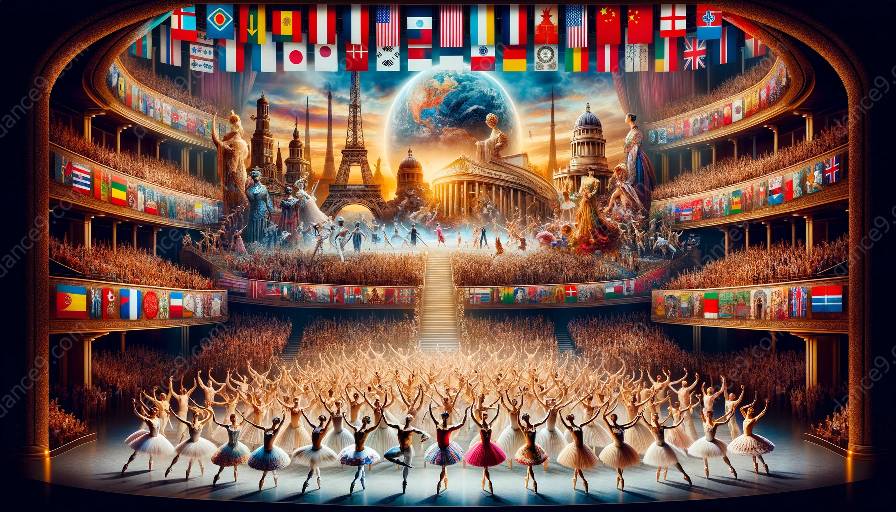Ballet, a classical art form with centuries of history, has not been immune to the influence of globalization. The intertwining of cultures and the exchange of ideas have brought about significant changes in the representation and diversity of ballet productions.
The Intersection of Globalization and Ballet
Globalization has had a profound impact on the world of ballet, transforming the art form from its origins in the European courts to a global phenomenon with influences from various cultural traditions. As ballet has expanded its reach to new audiences, it has evolved to reflect the diverse cultural landscapes in which it is performed.
Historical Context
To understand the impact of globalization on ballet, it is important to delve into the historical roots of the art form. Originally developed in the Italian Renaissance courts and further refined in France and Russia, ballet was initially limited to the aristocracy and elite circles. However, as trade and cultural exchange expanded through globalization, ballet began to spread to other parts of the world.
Cultural Representation in Ballet Productions
The globalization of ballet has led to a significant shift in the cultural representation within ballet productions. Traditional ballet narratives and characters have expanded to include stories and themes from diverse cultures. This has enabled ballet to become a platform for the representation of various cultural identities and experiences, enriching the art form with a broader range of stories and perspectives.
Adaptation and Fusion
Globalization has also inspired choreographers and artists to adapt and fuse different cultural dance styles and traditions into ballet productions. This fusion has given rise to innovative choreography that blends the classical techniques of ballet with the movements and rhythms of diverse cultural dances, resulting in a more inclusive and diverse representation of dance on stage.
Diversity in Ballet Performers
Furthermore, globalization has played a role in diversifying the demographics of ballet performers. As ballet companies have embraced the global spirit and expanded their outreach, they have sought to recruit dancers from a variety of cultural and ethnic backgrounds. This has not only enriched the talent pool within ballet companies but has also contributed to the representation of diverse cultural influences on stage.
Influence of Global Dance Education
The globalization of dance education has also been instrumental in cultivating a more diverse ballet community. Access to ballet training and education has expanded around the world, allowing aspiring dancers from diverse cultural backgrounds to receive formal training and contribute to the cultural richness of ballet productions.
Challenges and Criticisms
Despite the positive influences of globalization on ballet, there have been challenges and criticisms. Some traditionalists have expressed concerns about the potential dilution of classical ballet techniques and narratives in the face of global influences. Additionally, questions of cultural appropriation and authenticity have surfaced as ballet companies explore and incorporate diverse cultural themes and movements.
Navigating Globalization's Impact
To address these challenges, ballet companies and artists are navigating the impact of globalization by approaching cultural representation with sensitivity and respect. Collaborations with cultural advisors and artists, as well as engaging in thoughtful dialogue, are essential steps in ensuring that ballet productions remain authentic and respectful of diverse cultural influences.
Conclusion
In conclusion, globalization has significantly influenced the cultural representation and diversity in ballet productions. Through the interconnectedness of cultures, ballet has expanded its repertoire, embraced diverse narratives, and diversified its talent pool. While navigating the challenges presented by globalization, the ballet world continues to evolve as a reflection of the global cultural mosaic, enriching the art form for future generations to come.





























